Understanding Cancer
Leukaemia in children
Childhood leukaemia is a cancer of the white blood cells, either fast- or slow-growing.
What is leukaemia?
Leukaemia is a cancer of the white blood cells. Your child’s body needs white blood cells to help fight infections.
There are two different types of white blood cell – lymphoid cells, also known as lymphocytes and myeloid cells. Normally these cells repair and reproduce in an orderly and controlled way. In Leukaemia, however, the process of cell reproduction gets out of control and the cells continue to divide but do not mature.
There are different types of childhood leukaemia, named ‘acute’ if they are fast growing or ‘chronic’ if they are slow growing. There are many different types of leukaemia which affect children and young people including:
- Juvenile myelomonocytic leukaemia known as JMML
- Acute Lymphoblastic Leukaemia, usually we call this ALL
- Acute Myeloid Leukaemia, also known as AML
- Chronic Myeloid Leukaemia, known as CML
Acute lymphoblastic leukaemia
Acute lymphoblastic leukaemia (ALL) is an overproduction of immature lymphoid cells, called lymphoblasts. ALL is the only form of leukaemia that is more common in children than in adults.
Sophia was diagnosed with acute lymphoblastic leukaemia when she was just two years old. Watch the video to find out more about Sophia, including her battle with the side effects of treatment.
Learn about leg pain in children cancer through Benji’s story and how he was diagnosed with ALL at the age of 3.
Acute myeloid leukaemia
Acute myeloid leukaemia (AML) is an overproduction of immature myeloid cells, called myeloblasts. Around 76 of new cases of childhood AML are diagnosed every year in the UK, which accounts for 15% of children’s leukaemia cancer cases.
We need to find new treatments for acute myeloid leukaemia, particularly for children whose disease comes back.
Dr Rogosic
We’re funding Dr Rogosic to develop a new treatment for AML which could give these children a better chance of survival from this aggressive form of cancer.
Chronic myeloid leukaemia
Most childhood leukaemias are ‘acute’ meaning that they develop and progress rapidly. CML is a chronic leukaemia – meaning it develops slowly, often over many years. CML is rare in children, with around 5 cases per year in the UK. In addition, there are around 28 cases in teenagers and young adults each year.
Andy was diagnosed with chronic myeloid leukaemia at the age of 18.
This came as an enormous shock to me and the family. We had only just come to terms with the news that my Mum had terminal bowel cancer and I was just a week away from going to university.
Andy
Childhood leukaemia develops quickly. It’s possible for some or all of the symptoms of leukaemia in children to be apparent. These are the ones to look out for:
- Breathlessness and coughing
- Paleness
- Anaemia
- Tiredness
- Unusual bleeding
- Unusual bruising
- Frequent and persistent infections
Leukaemia has one of the highest survival rates of cancers affecting children.
Until the 1960s childhood leukaemia was incurable. Today, thanks to improvements in care and sustained investment in research, the outlook for young patients diagnosed with leukaemia has dramatically improved.
Can Leukaemia come back?

The likelihood of a relapse progressively decreases with time, particularly once maintenance treatment is completed.
What to expect
When you first see your GP
A diagnosis of childhood leukaemia is usually made on the basis of a blood test. This test will reveal low numbers of normal white blood cells and large numbers of abnormal white blood cells.
Once this has happened and the doctors have the results, you will be referred to hospital for further tests. A sample of bone marrow will be taken to confirm the exact diagnosis a lumber puncture may well be taken at the same time.
During Treatment
The mainstay of treatment is chemotherapy. During chemotherapy a combination of chemotherapy drugs and steroid medicines are given in several stages or blocks of treatment.
As well as chemotherapy, some children with high risk disease may also need a bone marrow transplant, or stem cell transplant.
What is happening in the body and are there any side effects?
The treatments used in childhood leukaemia often causes side effects. Most side effects are temporary and can be minimised with good supportive care, however some side effects of treatment can persist with long-term impact. The most common short term effects include:
- Nausea and vomiting
- Hair loss
- Reduced resistance to infection
- Bruising and bleeding
- Tiredness
- Gut and nutritional issues
A number of children may develop persistent side effects as a result of treatment, sometimes many years later, these are known as late effects. These can include
- a small increase in the risk of developing a second cancer later in life
- a reduction in normal bone growth
- reduced fertility
- a change in heart function
Understanding the types of childhood cancer
Each type of childhood cancer has unique characteristics and treatment needs. Here, we provide an overview of the 10 primary types to help you learn more about the various diagnoses that impact young lives.
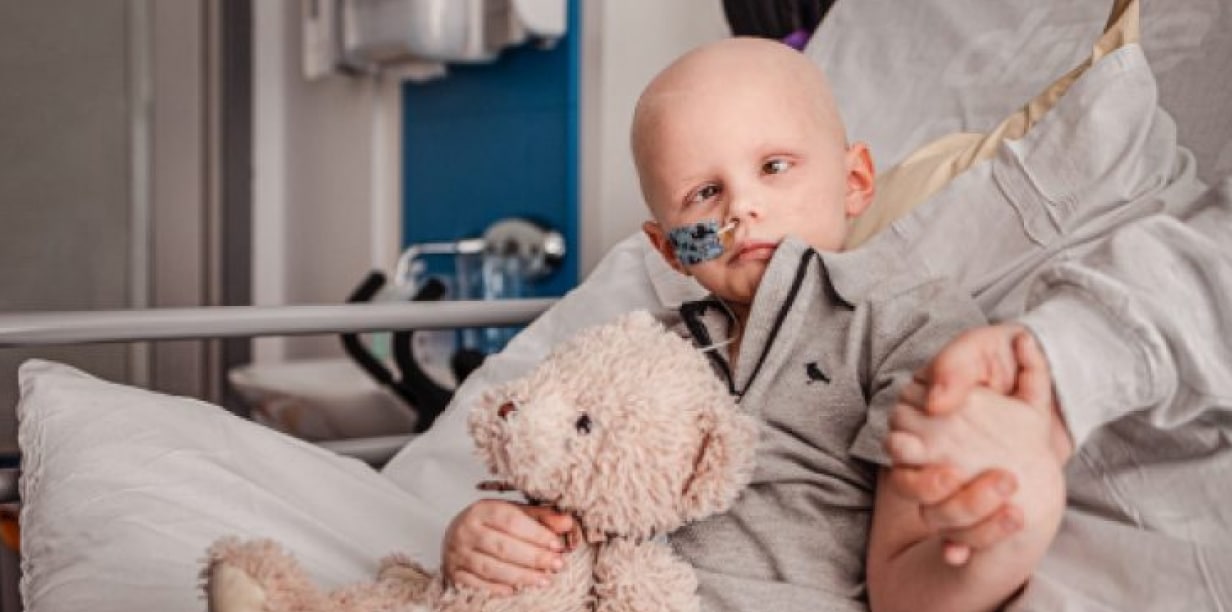
Topics on this page
- Leukaemia in children
- What is leukaemia?
- Acute lymphoblastic leukaemia
- Acute myeloid leukaemia
- Chronic myeloid leukaemia
- Can Leukaemia come back?
- What to expect
- When you first see your GP
- During Treatment
- What is happening in the body and are there any side effects?
- Understanding the types of childhood cancer
Related topics
We have lots of information to help you learn more about childhood cancer. From specific cancer types, to treatments and causes.
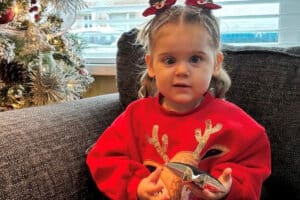
Christmas Appeal 2025
Give the gift of hope this Christmas and buy a Corry bear to support children with cancer Children with Cancer…
Read more Christmas Appeal 2025
Fundraiser of the Month: Oli & Ann
Fundraiser of the Month: Oli & Ann Our Fundraiser of the Month for December 2025 goes to Oli & Ann,…
Read more Fundraiser of the Month: Oli & Ann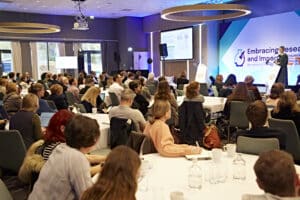
Childhood Cancer Conference 2025
Childhood Cancer Conference 2025: driving the shift from toxic therapies to targeted care Pioneering research shows how a simple blood…
Read more Childhood Cancer Conference 2025
Fundraiser of the Month: Arven & Arya
Fundraiser of the Month: Arven & Arya Our Fundraiser of the Month for October 2025 goes to Arven and Arya,…
Read more Fundraiser of the Month: Arven & Arya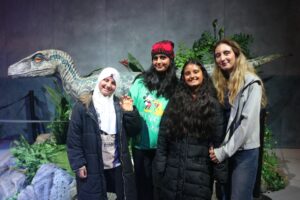
A thrilling day of prehistoric adventure for children with cancer
A thrilling day of prehistoric adventure for children with cancer 24 October 2025 More than 100 children with cancer and…
Read more A thrilling day of prehistoric adventure for children with cancer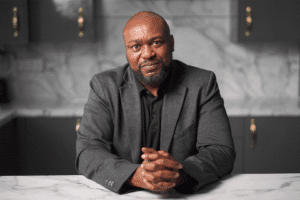
Bereaved father finds purpose after losing child to cancer
Bereaved father finds purpose after losing child to cancer Children with Cancer UK’s new film shares a family’s journey through…
Read more Bereaved father finds purpose after losing child to cancer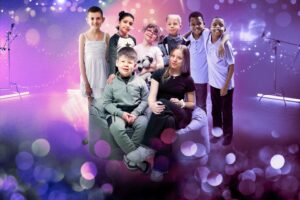
UK childhood cancer film Kids Like Us nominated for the 2025 International Emmy® Awards
UK childhood cancer film Kids Like Us nominated for the 2025 International Emmy® Awards 3 October 2025 Children with Cancer…
Read more UK childhood cancer film Kids Like Us nominated for the 2025 International Emmy® Awards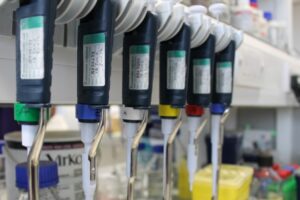
Making immunotherapy better for children with acute lymphoblastic leukaemia
Making immunotherapy better for children with acute lymphoblastic leukaemia 29 September 2025 Chemotherapy and targeted drugs will successfully treat almost…
Read more Making immunotherapy better for children with acute lymphoblastic leukaemia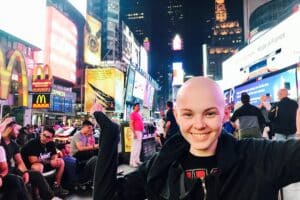
Patient Story – Kira
Kira’s Story: Living with Neuroblastoma Kira was diagnosed with neuroblastoma in 2014 when she was just 11 years old. She…
Read more Patient Story – Kira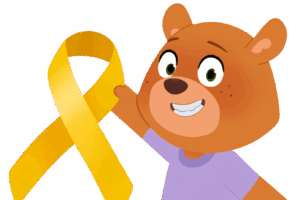
Childhood Cancer Awareness Month 2025 ‘Always By Your Side’
Too many children carry the lifelong burden of surviving cancer, when the only thing they should carry is their teddy…
Read more Childhood Cancer Awareness Month 2025 ‘Always By Your Side’